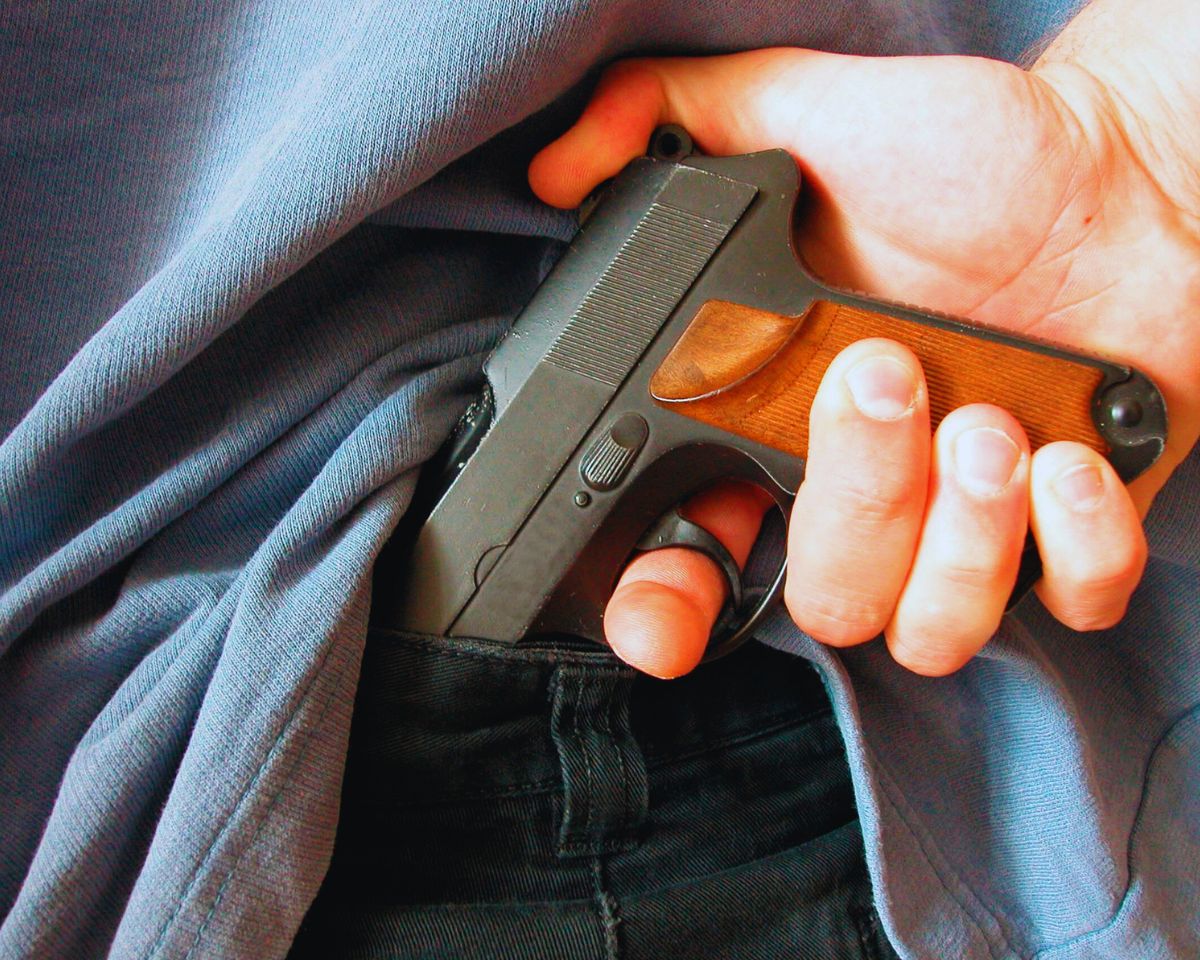California is known for having some of the most detailed and strict gun laws in the United States. A critical part of enforcing these laws involves clearly defining what legally qualifies as a “firearm.” This is where California Penal Code § 16520 PC comes in. It lays the legal groundwork for how the state interprets the word “firearm” in the context of criminal and regulatory statutes.
This article provides a comprehensive overview of Penal Code § 16520 PC. We will break down its language, explore what is included and excluded in the legal definition of a firearm, and explain why this definition is so important for both gun owners and law enforcement.
Overview of California Penal Code § 16520 PC
Penal Code § 16520 PC is the section of California law that offers a formal and detailed definition of the term “firearm” for use throughout the state’s penal code. According to this section, a firearm is: A device, designed to be used as weapon, from which a projectile is expelled through a barrel by the force of an explosion or other form of combustion. This definition might seem straightforward at first glance, but it includes several nuances and exceptions that are essential to understand. It affects how various other gun laws in California are applied.
Key Elements of the Definition
Let’s break the legal definition down into its key components:
1. Device Designed to Be Used as a Weapon
Not every device that expels a projectile is a firearm. The item must be designed as a weapon. This excludes things like starter pistols or nail guns, which might resemble firearms or fire projectiles but aren’t intended to be weapons.
2. Projectile Expelled Through a Barrel
The device must shoot a physical projectile (like a bullet) through a barrel. This excludes items like stun guns or tasers, which use electrical currents or other means.
3. Force of Explosion or Combustion
The propulsion must come from a combustion process—in other words, something that ignites, like gunpowder. This distinction separates firearms from air guns or BB guns, which use compressed air or gas rather than explosive force.
What Is Included as a Firearm Under § 16520 PC?
The law covers a broad range of weapons under this definition. Here are the types of devices that qualify:
1. Handguns
Includes pistols and revolvers. These are the most commonly owned firearms and are regulated under multiple laws, including those related to concealed carry and background checks.
2. Rifles and Shotguns
Includes both hunting rifles and tactical firearms like AR-style rifles. Shotguns fall under this too, provided they meet the size and design criteria.
3. Short-Barreled Rifles and Shotguns
California law heavily restricts the possession of rifles or shotguns with barrels shorter than the legal minimum (usually under 16 inches for rifles and 18 inches for shotguns).
4. Frames or Receivers
Even without a barrel or trigger, the frame or receiver of a firearm is still considered a firearm under the law. This is especially relevant when discussing so-called “ghost guns” or unfinished lower receivers.
5. Certain Explosive Devices
Although these are more rare, the law includes devices like rocket-propelled projectiles or military-grade equipment if they use combustion to expel a projectile.
What Is NOT Considered a Firearm?
Understanding what’s excluded from the legal definition is just as important. Penal Code § 16520 PC outlines several specific items that do not qualify:
1. Antique Firearms
Some antique firearms that are incapable of firing modern ammunition may be excluded. However, this depends on how they function and their design.
2. BB Guns and Air Rifles
These use compressed air or gas rather than combustion, so they are not considered firearms under this section of the law—though they are often regulated in other ways.
3. Nail Guns and Similar Tools
Even though they may expel projectiles and resemble firearms, these tools are not designed as weapons and are therefore excluded.
4. Stun Guns and Tasers
These devices incapacitate a person through electric shock and do not use explosive force or projectiles. They fall under different regulatory laws.
Why This Definition Matters
Understanding how California defines a firearm is not just academic. It has real-world implications for:
1. Criminal Charges
Many criminal charges hinge on whether the device in question legally qualifies as a firearm. For example, charges for carrying a concealed weapon, being a felon in possession of a firearm, or illegal firearm sales all depend on this definition.
2. Legal Ownership
California law places strict requirements on who can own a firearm. Knowing whether a device meets the legal criteria is essential to staying within the law.
3. Firearm Registration
If an item qualifies as a firearm under § 16520 PC, it likely must be registered with the California Department of Justice.
Common Questions About PC § 16520
Q: Are paintball or airsoft guns considered firearms?
A: No. These devices do not use combustion to propel a projectile and are not intended as weapons. However, misusing them (e.g., to threaten someone) can still lead to criminal charges.
Q: What about flare guns?
A: Flare guns might be considered firearms if they are modified or used in a way that expels a projectile as a weapon.
Q: If I own just the lower receiver of a gun, is that a firearm?
A: Yes. Under California law, the lower receiver is treated as a firearm even if no other parts are attached.
Q: Do I need a background check for a BB gun?
A: No. BB guns are not firearms under § 16520 PC, but some local ordinances may still regulate their sale or possession.
Conclusion
California’s legal definition of a firearm under Penal Code § 16520 PC is both specific and far-reaching. It determines how gun laws are enforced, what constitutes a crime, and who is legally allowed to possess or use certain types of weapons.
Whether you’re a firearm owner, thinking about buying a gun, or simply want to understand your rights and responsibilities under state law, knowing what qualifies as a firearm in California is essential.
Accused of a Gun Crime in California?
If you’re facing allegations involving firearms in California, the stakes couldn’t be higher. A conviction for a gun-related offense can lead to jail or prison time, a permanent criminal record, loss of your gun rights, and serious damage to your reputation and future.
At Southwest Legal, we provide aggressive, experienced defense against all types of gun crime charges. Our gun crime lawyers understand the complexities of California firearm laws—especially how Penal Code § 16520 PC defines what actually qualifies as a “firearm.”
We Handle a Wide Range of Firearm-Related Cases, Including:
Unlawful possession of a firearm
Possession of illegal or unregistered firearms
Illegal sale or distribution of firearms
Brandishing a firearm in public or during a dispute
Reckless or negligent discharge of a firearm
Armed robbery and other firearm-related theft crimes
Assault with a deadly weapon involving a firearm
Whether you were arrested during a routine traffic stop or after a more serious incident, we’ll examine every angle of your case—from the legality of the search and seizure to whether the object in question meets the legal definition of a firearm under California law.
Why Choose Southwest Legal?
✅ Deep knowledge of California’s firearm statutes, including § 16520 PC
✅ Proven track record defending against gun-related criminal charges
✅ Strategic, results-driven defense tailored to your situation
✅ Local experience in Banning courts and justice system
Your Rights. Your Freedom. Your Future — We’ll Protect Them All.
If you or a loved one is facing gun crime allegations, get trusted legal counsel today.





